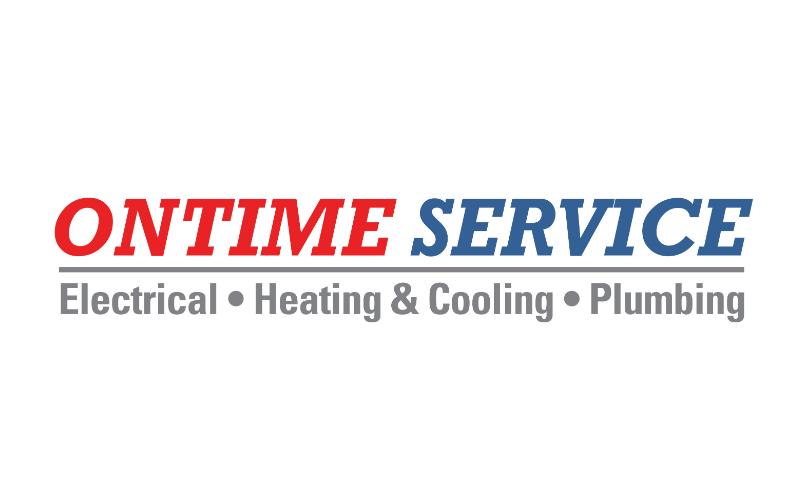According to the Environmental Protection Agency, Americans spend roughly 90% of their time indoors. If you spend most of your day indoors, you are often breathing in air that is circulating through your AC’s ductwork and filter.
However, if your AC filter and ductwork are not regularly maintained, you might be breathing in indoor allergens, leading to allergy symptoms such as sneezing, coughing and irritation of the eyes.
In our latest episode of Home Services TV, OnTime Service’s Kerry Adkins provides important information on how you can fight indoor allergies through regular maintenance of your heating and cooling system.
Regularly Change AC Filters
Change the filters in your heating and cooling system at least four times a year. A well-maintained AC filter will help you save money on your utility bills and keep your air clean. When you’re replacing your AC filter, keep a couple of these tips in mind!
Know where your air filter is located. It could either be located behind a louvered air grill on a wall or on the ceiling, or it could be located on the HVAC unit near the air handler which looks a bit like a furnace.
Keep a garbage bag handy to place your dirty air filter in so you can contain the debris and dirt instead of letting it spread indoors.
Follow the instructions on the air filter carefully.
Make sure the arrows point in the direction of the air flow.
Many homeowners can gauge what kind of air filter they need based on the brand, measurement and filtration grade. However, if you’re new to AC filter care, you might not always know what filter works for you. Contact an experienced HVAC technician you trust who can give you some suggestions.
Make Sure Ductwork Is Sealed Properly
The ductwork moves cool air throughout your home in the summer and warm air in the winter. Return ducts usually remove air for heating or air conditioning and supply ducts bring the filtered air back to your indoor area.
Because ductwork is a vital part of your heating and cooling system, you should make sure all the ducts are sealed. Gaps and cracks in the ducts could lead to your ductwork pulling dirty air from the basement and attic. To check for duct leaks, hold a thin piece of toilet paper up to the seams of the ducts while the HVAC fan is on. If the paper gets sucked in or blown away from the ducts, you have a duct leak.
While you can inspect and seal duct leaks yourself, your home’s ductwork is often located in hard-to-access or dangerous spots in your basement or attic. If you feel the ductwork damage is too significant or the ducts are difficult to access, contact a professional you trust!
Ensure Your Ductwork Is Clean
Your indoor air is constantly circulating through your home’s ductwork. If the ducts are dirty, you could be breathing in pollutants that can increase your allergy symptoms. Other than dirt and debris, ductwork can be subject to bacteria growth, mold and even pests. Have an experienced technician you trust come in and look at your ducts to make sure they are clean.
Try out these ways to fight indoor allergies so you can breathe easier at home. The professionals at OnTime Service offer many HVAC related services including duct inspection, repair, and cleaning as well as AC maintenance and repairs. Get in touch with us by calling 205-942-1405 or fill out a service request form online!

